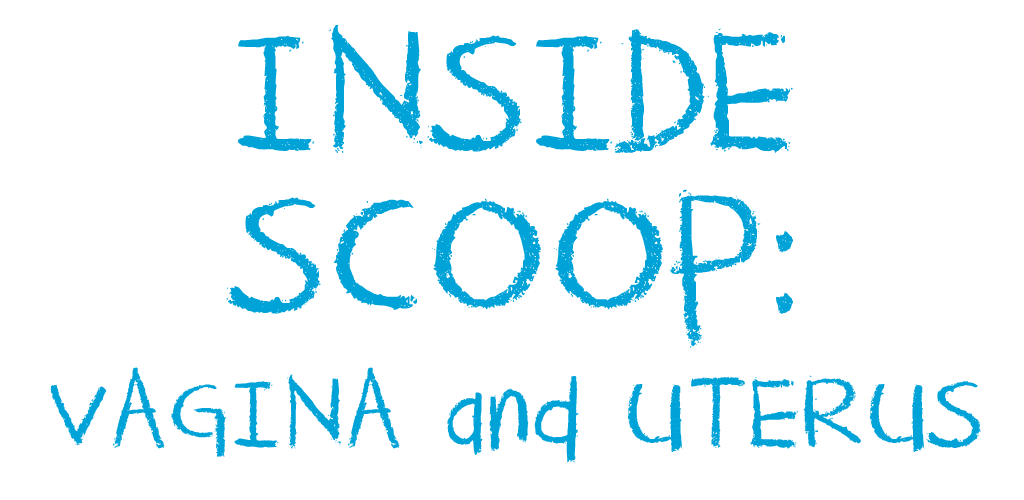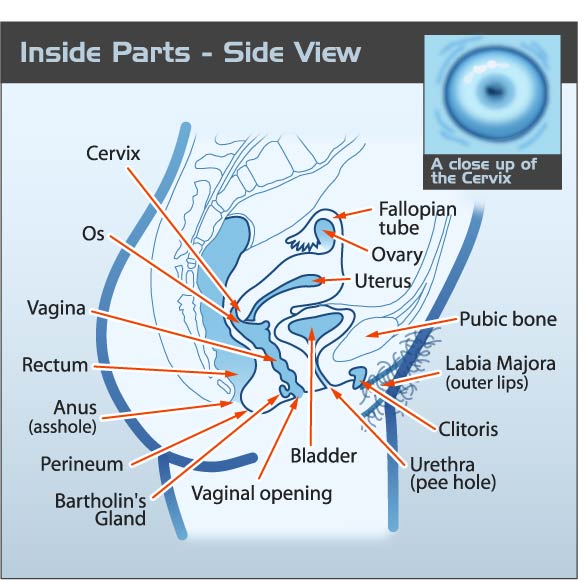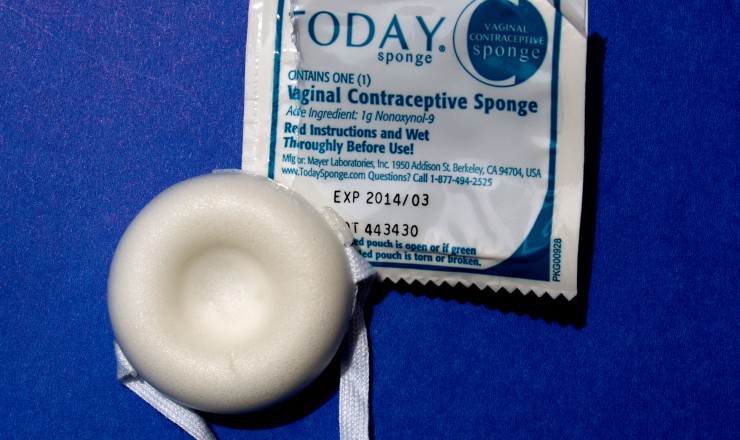Inside Scoop: Vagina and Uterus
Bodies contain entire systems of internal organs, some which work together to provide pleasure as well as to prepare your body to support a possible pregnancy. When you are a teenager, these organs change and mature so they can begin to do their jobs.*
Have you ever wondered how all these internal organs fit inside your body? Read on!**
Vagina
- Your vagina is a muscle that connects the outside of your body to your uterus. It is like a sleeve whose sides are collapsed against each other, but can expand to fit things inside.
- Most vaginas are about 3-4 inches long and your vagina expands when you get turned on.
- Menstrual fluid (or period “blood”) exits your body through your vagina.
- You do not pee from your vagina.
Bartholin’s Glands
- Your Bartholin’s Glands are near the entrance of the vagina under your skin.
- These glands produce fluid when you get aroused (turned on).
- These fluids make touching the vulva or vagina more pleasurable.
Cervix
- The opening to your uterus is at the top of your vagina.
- Your cervix produces fluid that changes depending on where you are in your menstrual cycle and when you are sexually aroused.
Os
- Your os is the opening of your cervix.
- Your os is very small, but it expands naturally to a very large size if you give birth.
Ovaries
- There are two ovaries, one on each side of your uterus.
- Your ovaries contain single cells called “eggs.”
- Eggs develop in your ovaries and usually one egg (called an ovum) is released each month.
- If this egg is fertilized by a sperm cell it will cause a pregnancy. For more information, check out How Pregnancy Happens.
Fallopian Tubes
- Your fallopian tubes are near your two ovaries and are attached to the sides of your uterus.
- When an egg is released it goes into one of your fallopian tubes.
- Little hairs called “cilia” carry the egg to your uterus.
- If a sperm fertilizes an egg on its way through your fallopian tube, it may implant into the endometrium and become a pregnancy.
Uterus
- Your uterus is a muscular, pear-shaped organ. It is sometimes called your womb.
- Your uterus is where your menstrual fluid (period) builds up over the month and also where a pregnancy develops.
- Despite being able to stretch to hold a full-term pregnancy, your uterus is normally only the size of your fist.
Endometrium
- Your endometrium is the lining of your uterus.
- Every month, your endometrium is renewed and expands to become thicker.
- Your endometrium is shed (released) during menstruation (the period).
- The substance that comes out of your vagina during your period is mostly shed endometrium and not blood. This is why period “blood” can range in colours from red to dark brown.
For more information on how these organs work together to support a pregnancy, check out the Pregnancy Section.
For more information on external genitalia (such as vulvas), please visit our Vulvas info page. [Link]
If you have questions about this topic, feel free to contact one of our peer educators. [Link]
*Not everyone experiences or relates to their vagina and uterus in the same way or uses the words used on this page for their bodies. We support you using the language that feels best for you.
**Please note that not all of the information on the page applies to all bodies. This is especially true for folks who are born with intersex conditions. Intersex people are born with sex characteristics (including genitals and chromosome patterns) that do not fit typical binary notions of “male” or “female” bodies. For more information on intersex conditions, please see Rainbow Health Ontario’s Intersex Health Page (here) or the United Nations Human Rights Office’s factsheet (here).
Last Edited: November 2022







